BIOTOPE: East Kolkata Wetlands, West Bengal
Overview: The study area of East Kolkata Wetlands is a complex of natural and human-made wetlands which is a part of the mature delta of Ganges River where its tributaries eventually drain into the Bay of Bengal. The wetland lies at the east of Kolkata
bordering the Salt Lake Township, West Bengal. It extends almost equally on both sides of a Dry Weather Flow Channel, which discharges into the Kulti Gang. Out of total 12741.30 ha area, total water area is about 5852.14 ha and include salt marshes and salt meadows, as well as sewage farms and settling ponds and covered mostly near about by 308 city-sewage-fed fisheries which is very rich in aquatic biodiversity. Ref : IJSR
changes in hydrological regimes, pollution have greatly impaired the wetland functioning. Conservation efforts for these wetlands have also been limited in scope. Scientific assessments on the wetland system have largely
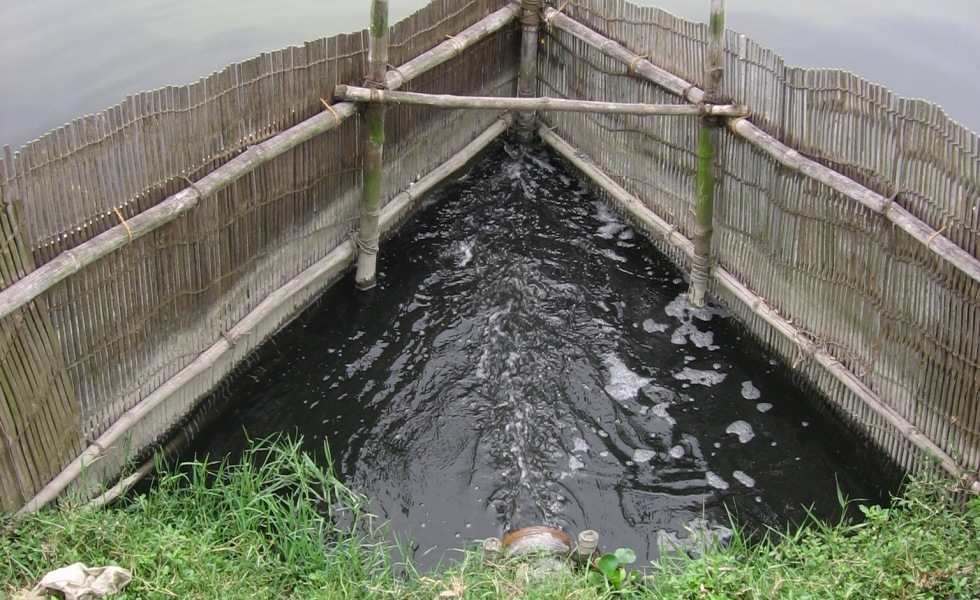 |
| Inlet for sewage |
Also, the presence of invasive exotic fish species North African catfish also know as Hybrid Magur (Clarius guripinus) and Pangasius sutchi pose great threat to the native diversity.
Ref: ekwma
BIOTOPE INFORMATION
WATER: pH 7-8.79, 75-86 F (24-30 C). Specific Gravity - 1.000
TANK : Tank with heavy lighting and a lot of floating plants. Substrate can be small gravels either or with sand/clay bed.
Driftwood, Bamboo sticks, stones can be used to give it a natural look. Even waste products like earthen pottery’s can be stacked at the bottom which act as a natural shelters for small fishes and bottom dwelling loaches. Take a little time deciding which kind you want, and get the best you can afford that suits your needs. There are a lot of different filter types available, but hanging filters and canister filters are the most common styles. They will both siphon water out, run it through filtration media and return it to the tank. Neither filtering system is challenging to maintain; it will just come down to personal choice and cost.
FLORA: Vallisneria , Hygrophilla polysperma, Anacharis, Hydrilla, Saggittaria, Hygrophila corymbosa, Najas indica, etc.
Puntius ticto: Ticto barb/Twospot barb, Puntius conchonius: Rosy Barb, Salmostoma bacaila: Large Razorbelly Minnow, Aplocheilus panchax: Blue Panchax Killifish, Rhinomugi lcorsula:Corsula mullet, Parambassis ranga: Indian glassy fish, Badis badis: Badis,etc. And a lot of options are available for this biotope aquarium setup.
Ref : IJSR
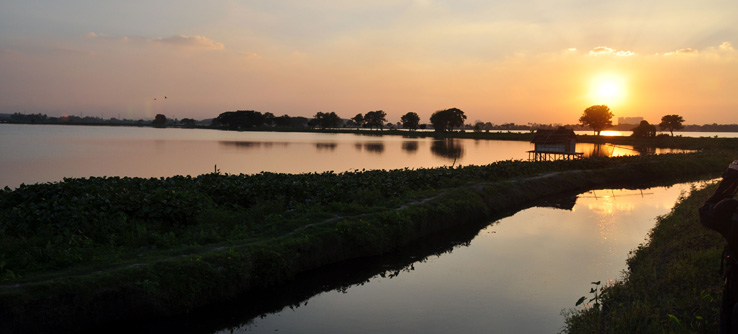
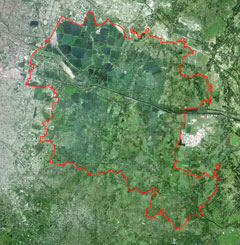



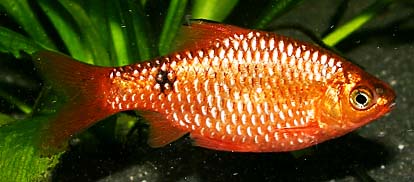
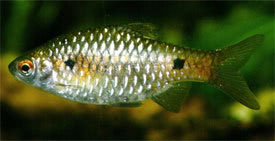

No comments:
Post a Comment